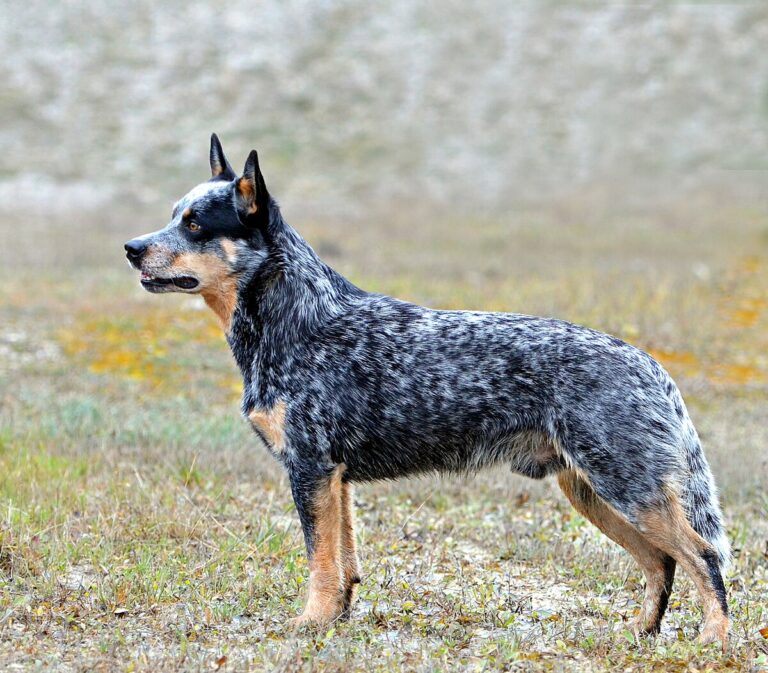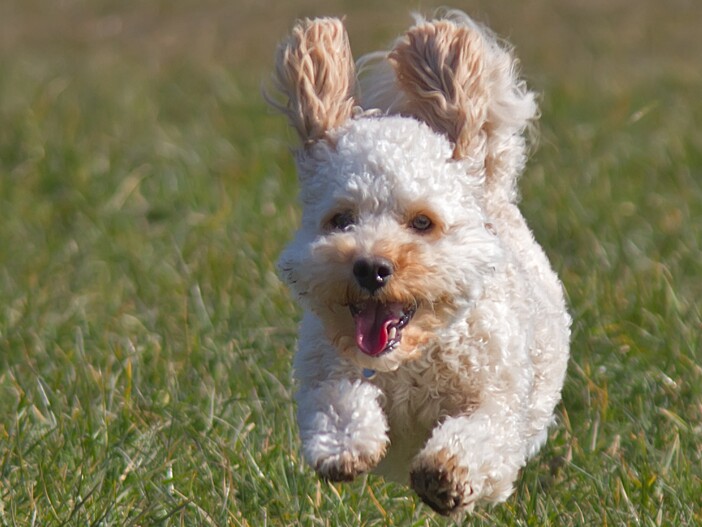Frenchie vs Pug: Which Compact Companion is Right for You?
When it comes to selecting a small-breed dog with a big personality, many prospective pet owners find themselves torn between two popular choices: the French Bulldog and the Pug. Both breeds have captured hearts worldwide with their distinctive appearances and charming personalities, but they each bring unique characteristics to the table. Let’s dive deep into comparing these beloved companion dogs to help you make an informed decision.
Origins and History
The Pug’s story begins in ancient China, where they were bred as companions for Chinese emperors during the Han dynasty (206 BC to 200 AD). These royal lapdogs were so valued that they were sometimes guarded by soldiers. When Dutch traders brought Pugs to Europe in the 16th century, they quickly became favorites among European royalty, including William and Mary of Orange.

The French Bulldog’s history, despite its name, actually begins in England. During the Industrial Revolution, lace workers from Nottingham brought their toy bulldogs to France when they relocated for work. These small bulldogs were crossed with other breeds in France, resulting in the distinctive bat-eared variety we know today as the French Bulldog. By the late 19th century, they had become fashionable among Parisian society and soon captured hearts worldwide.

Distinctive Looks: Colors and Appearance
While both breeds share some physical characteristics due to their brachycephalic (flat-faced) nature, they each have unique features that set them apart.
French Bulldogs possess their famous “bat ears” – large, erect ears that give them their characteristic alert expression. Their coat comes in various colors and patterns, including:
- Fawn (light tan to deep reddish)
- Brindle
- White
- Cream
- Blue (though controversial due to associated health issues)
- Various combinations and patterns
The Pug sports a distinctive wrinkled face with a shorter, squished muzzle compared to the Frenchie. Their coat colors are more limited but no less striking:
- Fawn
- Black
- Silver
- Apricot
Both breeds feature a muscular, compact body structure, but Pugs typically have a more rounded appearance with their curled tail, while Frenchies have a straighter, shorter tail and a more athletic build.
Size Matters: Physical Dimensions
When comparing these compact companions, size differences are subtle but noteworthy. French Bulldogs typically stand 11-13 inches tall at the shoulder and weigh between 16-28 pounds, with males being slightly larger than females.
Pugs are generally a bit smaller, standing 10-13 inches tall and weighing 14-18 pounds. Their more compact size can make them slightly more manageable for some owners, though both breeds are considered excellent choices for apartment living.

How Much Are Pug vs French Bulldog Puppies?
Both breeds command premium prices in the USA, reflecting their popularity and specialized breeding requirements. French Bulldog puppies typically range from $2,000 to $8,000, with some rare colors or champion bloodlines commanding even higher prices. The average cost hovers around $3,500.
Pugs are generally more affordable, with prices ranging from $1,500 to $3,500, averaging around $2,000. However, it’s crucial to remember that initial purchase price is just one factor in the total cost of ownership, as both breeds can require significant veterinary care throughout their lives.
Training and Intelligence: Smart Cookies with Different Approaches
Both breeds demonstrate good intelligence but can show stubborn streaks. French Bulldogs tend to be more independent thinkers, sometimes challenging training sessions with their strong-willed nature. They respond well to positive reinforcement and consistent training approaches but may require extra patience.
Pugs, while equally intelligent, often show more eagerness to please their owners. Their food motivation makes them relatively easier to train, though they can also display stubborn tendencies. Both breeds benefit from early socialization and training, with short, engaging sessions proving most effective.
Personality and Temperament: Charming Companions
These breeds share many wonderful personality traits that make them excellent family pets. Both are known for their affectionate nature and love of human companionship.
French Bulldogs typically show a more even-keeled temperament, being generally calm and adaptable. They’re known for their ability to be both playful and relaxed, making them versatile companions. While they form strong bonds with their families, they tend to be slightly more independent than Pugs.
Pugs are famous for their mischievous personality and constant desire for attention. They’re often described as “shadows” due to their tendency to follow their owners everywhere. Their clownish nature and perpetual good humor make them excellent therapy dogs and family companions.

Exercise and Activity Needs
Neither breed requires extensive exercise, but regular activity is essential for maintaining health and preventing obesity. French Bulldogs typically need 20-30 minutes of exercise daily, split into shorter sessions to prevent overheating. They enjoy walks and playtime but should avoid strenuous activity, especially in hot weather.
Pugs have similar exercise requirements but may show more enthusiasm for play sessions. They need 20-30 minutes of daily activity, preferably in cooler parts of the day. Both breeds should avoid swimming due to their body structure, and exercise should be monitored carefully due to their breathing challenges.
Living Situation Compatibility
Both breeds excel as apartment dogs due to their small size and moderate exercise needs. French Bulldogs are typically quieter, with minimal barking unless alerted to something unusual. Pugs tend to be more vocal, though not excessively so, and may bark more frequently in response to environmental stimuli.
Regarding alone time, neither breed does well with extended periods of solitude. French Bulldogs can typically handle 4-6 hours alone with proper training, while Pugs may experience more separation anxiety and prefer shorter periods alone. Both breeds thrive on human companionship and do best in households where someone is home most of the day.
Grooming and Shedding
Despite their short coats, both breeds are moderate shedders. Pugs tend to shed more profusely, especially during seasonal changes. They require weekly brushing, regular facial fold cleaning, and attention to their curled tail area to prevent infections.
French Bulldogs shed less than Pugs but still need regular grooming. Their facial wrinkles require similar attention to prevent skin issues, and weekly brushing helps maintain coat health. Both breeds benefit from regular nail trimming and dental care.
Health Considerations and Care
Health Considerations and Preventative Care: A Detailed Guide
Both French Bulldogs and Pugs face significant health challenges that prospective owners must understand and prepare for. Their brachycephalic (flat-faced) structure, while endearing, creates numerous medical concerns that require proactive management and often specialized veterinary care.
French Bulldog Health Concerns
Respiratory Issues:
- Brachycephalic Airway Syndrome (BAS) affects nearly all French Bulldogs to some degree. This condition includes:
- Stenotic nares (narrowed nostrils)
- Elongated soft palate
- Hypoplastic trachea (narrowed windpipe)
- Everted laryngeal saccules
These respiratory challenges can lead to:
- Difficulty breathing during exercise
- Snoring and reverse sneezing
- Heat intolerance
- Potential need for corrective surgery
Spinal Problems: French Bulldogs are particularly prone to intervertebral disk disease (IVDD) and other spinal issues due to their breeding for a screw tail. This can result in:
- Back pain
- Mobility issues
- In severe cases, paralysis
- Need for expensive surgical intervention
Additional Health Concerns:
- Hip Dysplasia: Affects approximately 15-20% of French Bulldogs
- Cherry Eye: A prolapse of the third eyelid gland
- Allergies: Both environmental and food-related
- Skin Fold Dermatitis: Particularly in facial wrinkles
- Reproductive Issues: Most require artificial insemination and C-sections
Pug Health Concerns
Respiratory Issues: Like Frenchies, Pugs suffer from BAS, but often with additional complications:
- More pronounced breathing difficulties due to their extremely flat faces
- Higher risk of heat stroke
- Exercise intolerance
- Sleep apnea
Eye Problems: Pugs are particularly susceptible to eye issues, including:
- Corneal ulcers
- Dry eye syndrome
- Eye proptosis (eyes popping out of sockets)
- Progressive Retinal Atrophy (PRA)
Neurological Issues:
- Pug Dog Encephalitis (PDE): A fatal inflammatory brain disease specific to Pugs
- Seizures and epilepsy
- Spinal cord problems
Additional Health Concerns:
- Obesity tendency: Pugs are extremely food-motivated and gain weight easily
- Dental problems due to overcrowded teeth
- Hip dysplasia
- Skin fold infections
- Leg-Calve-Perthes Disease
Preventative Care Guidelines
For Both Breeds:
Regular Veterinary Check-ups:
- Quarterly wellness checks recommended
- Annual comprehensive examinations
- Regular dental cleanings
Temperature Management:
- Keep indoor temperature between 68-75°F
- Avoid outdoor activity when temperature exceeds 80°F
- Provide constant access to fresh water and cooling mats
Weight Management:
- Regular weigh-ins
- Controlled portion sizes
- Limited treats
- Appropriate exercise regimen
Specific Care Requirements:
- Daily cleaning of facial folds with veterinary-approved wipes
- Regular ear cleaning
- Nail trimming every 2-3 weeks
- Dental hygiene routine
Insurance and Cost Considerations
Both breeds often require comprehensive pet insurance due to their predisposition to health issues. Average annual medical costs can range from:
- Routine care: $500-1,000
- Emergency care: $1,500-5,000
- Surgical procedures: $2,500-10,000+
Life expectancy for French Bulldogs typically ranges from 10-12 years, while Pugs generally live 12-15 years. Regular veterinary check-ups, maintaining healthy weight, and protecting from extreme temperatures are essential for both breeds.
Suitability for Different Households
Both breeds can make excellent first-time dogs for the right owners who understand their specific needs. They’re generally good with children, though French Bulldogs may be slightly more tolerant of rough play. Both breeds require supervision with very young children due to their physical vulnerabilities.
Safety and Suitability Around Babies and Young Children
While both breeds can make wonderful family pets, special consideration must be given when these dogs interact with young children.
French Bulldogs with Children
Advantages:
- Generally patient and tolerant
- Sturdy enough to handle some physical interaction
- Typically calm demeanor
- Less likely to knock over toddlers due to their solid build
Safety Concerns:
- Can become territorial over food and toys
- May unintentionally bump into small children
- Potential for overheating during active play
- Risk of respiratory distress if overexerted
Pugs with Children
Advantages:
- Naturally playful and gentle
- High tolerance for handling
- Eager to please and affectionate
- Generally good-natured with children of all ages
Safety Concerns:
- Eyes are vulnerable to accidental pokes
- More prone to excitement-induced breathing problems
- Can be food aggressive if not properly trained
- May become overwhelmed by very active children
Safety Guidelines for Both Breeds with Children
Supervision Requirements:
- Never leave dogs unsupervised with babies or young children
- Create safe spaces where dogs can retreat when overwhelmed
- Establish barriers between feeding areas and children’s play spaces
Training and Preparation:
- Before Baby Arrives:
- Establish solid obedience training
- Create positive associations with baby items
- Adjust routines gradually
- Set up dog-free zones in advance
- After Baby Arrives:
- Maintain the dog’s routine as much as possible
- Supervise all interactions
- Teach children appropriate ways to interact with the dog
- Watch for signs of stress in the dog
Teaching Children:
- How to approach the dog calmly
- Proper petting techniques
- Understanding dog body language
- Respecting the dog’s space and belongings
- Never pulling on ears, tail, or facial folds
Environmental Considerations:
- Create separate spaces for children’s toys and dog toys
- Establish quiet areas where the dog can retreat
- Use baby gates to create safe zones
- Ensure proper ventilation to help with breathing issues
Regular Health Monitoring:
- Watch for signs of stress in the dog
- Monitor breathing during play
- Check for any irritation in wrinkles or eyes after child interaction
- Maintain regular vet check-ups to ensure ongoing health and safety
Breed Recognition
Both breeds enjoy full recognition from major kennel clubs. The American Kennel Club (AKC) recognizes both breeds in the Non-Sporting Group. The Fédération Cynologique Internationale (FCI) classifies the French Bulldog in Group 9 (Companion and Toy Dogs) and the Pug in the same group.
Making Your Choice Between A Pug vs French Bulldog
Choosing between a French Bulldog and a Pug ultimately depends on your lifestyle, preferences, and specific circumstances. Both breeds offer tremendous companionship, love, and joy to their families. French Bulldogs might be better suited for those seeking a slightly more independent, calmer companion, while Pugs could be perfect for families wanting a more playful, attention-loving pet.
Consider your living situation, budget for both purchase and ongoing care, and ability to provide the attention and medical care these breeds require. Remember that while both breeds have their challenges, they also offer unique rewards that have made them beloved companions for generations of dog lovers worldwide.





